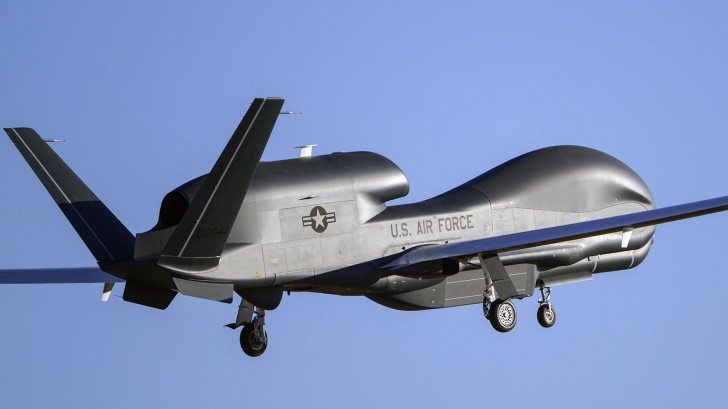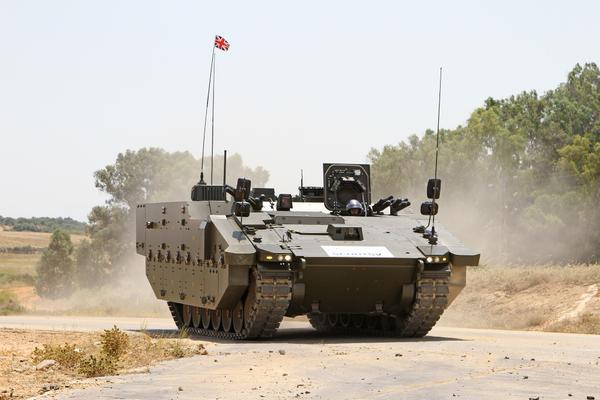NATO’s Alliance Ground Surveillance (AGS) system drones will be used in the Baltic airspace from 2017. Estonia is also one of the financial contributors to the program.
NATO will use drones for reconnaissance and collection of information about the enemy and possible targets.
NATO’s AGS system, operated and maintained on behalf of all 28 Allies, will give commanders a comprehensive picture of the situation on the ground.
The AGS system is being acquired by 15 Allies: Bulgaria, Czech Republic, Denmark, Estonia, Germany, Italy, Latvia, Lithuania, Luxembourg, Norway, Poland, Romania, Slovakia, Slovenia and the United States.
All Allies will contribute to the development of the AGS capability through financial contributions covering the establishment of the AGS main operating base, as well as to communications and life-cycle support of the AGS fleet. Some Allies – France and the UK have their own national drone programs in place – will replace part of their financial contribution through national surveillance systems that will be made available to NATO.
The drones will enable the NATO to perform persistent surveillance over wide areas from high-altitude long-endurance (HALE) aircraft, operating at considerable stand-off distances and in any weather or light conditions. They will be able to spend up to 24 hours in the air, reaching the maximum altitude of around 20 kilometers and with a range of over 16,000 kilometers.
Using advanced radar sensors, these systems will continuously detect and track moving objects throughout observed areas and will provide radar imagery of areas of interest and stationary objects.
The main operating base for drones will be located at Sigonella Air Base in Italy.
Drones are legal under Estonian law, except in areas adjacent to airports.











